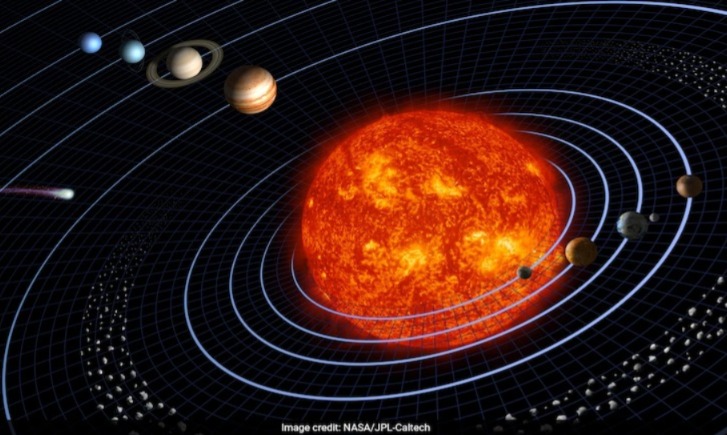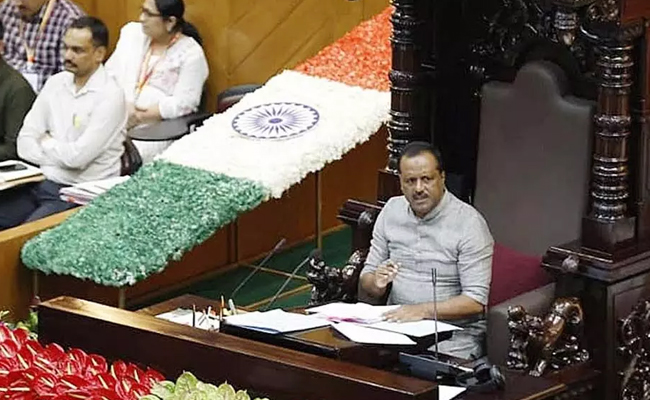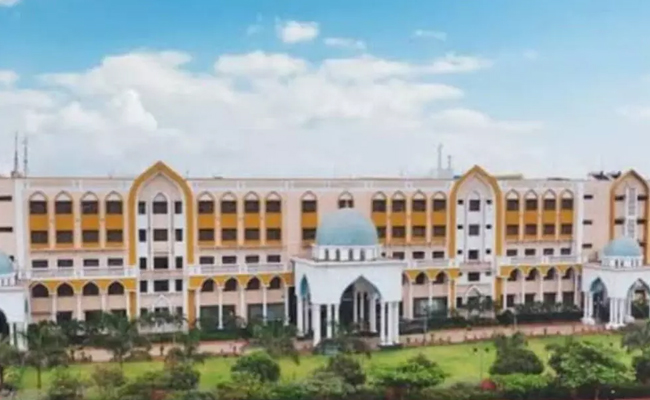A group of scientists has proposed that a massive interstellar object, potentially eight times the size of Jupiter, might have dramatically influenced the orbits of planets in our solar system. The study, currently published on the arXiv preprint database but not yet peer-reviewed, suggests that this celestial intruder passed close to where Mars orbits today, reshaping the paths of Jupiter, Saturn, Uranus, and Neptune.
For years, researchers have noted a discrepancy between the ideal concentric, planar arrangement of planetary orbits and their current three-dimensional orientations. To investigate, the team hypothesized that approximately four billion years ago, a star-sized object entered our solar system. They conducted 50,000 simulations over 20 million years, varying the visitor's mass, velocity, and proximity to the Sun.
Their findings indicate that in about 1% of scenarios, the object's gravitational influence could explain the current orbital patterns of the planets. According to the simulations, the interstellar visitor may have approached within 1.69 astronomical units (AU) of the Sun—just beyond Mars' present orbit. Such proximity would have allowed its gravity to nudge the planets into new trajectories.
While previous theories attributed these irregularities to interactions among the planets themselves, this study posits that a one-time interstellar event may provide a more plausible explanation. The researchers also called for further investigation into the potential effects of such an encounter on minor planets in the asteroid belt and the trans-Neptunian region.
"We estimate that there is about a 1-in-100 chance that such a flyby produces a dynamical architecture similar to that of the solar system," the researchers stated, adding that this encounter could account for the moderate eccentricities and inclinations observed in planetary orbits.
Let the Truth be known. If you read VB and like VB, please be a VB Supporter and Help us deliver the Truth to one and all.
Belagavi: Speaker U.T. Khader on Friday warned that members who disrupt Assembly proceedings by talking in their seats during debates will be made to sit in the House for an entire day as a disciplinary measure.
The warning came after the Question Hour, when Deputy Leader of the Opposition Arvind Bellad was permitted to initiate a discussion on the development of North Karnataka.
At this point, expelled BJP MLA Basanagouda Patil Yatnal objected, stating that he had been seeking a debate for the past three days but had not been given an opportunity.
ALSO READ: IndiGo board ropes in external aviation expert for flight disruption probe
Responding to the objection, Speaker Khader said Bellad had already been granted permission and assured Yatnal that he would be allowed to speak at the next opportunity. He noted that even as a serious discussion was underway, several MLAs were speaking among themselves with their microphones on, disrupting the proceedings.
Expressing displeasure over the conduct of members, Khader likened the situation to football, where players receive red, yellow, or white cards for violations. Similarly, he said, the Assembly issues warning cards to members who disturb the House. If they fail to correct themselves despite repeated warnings, they would be required to remain seated in the Assembly hall for a full day as punishment, he stated.





